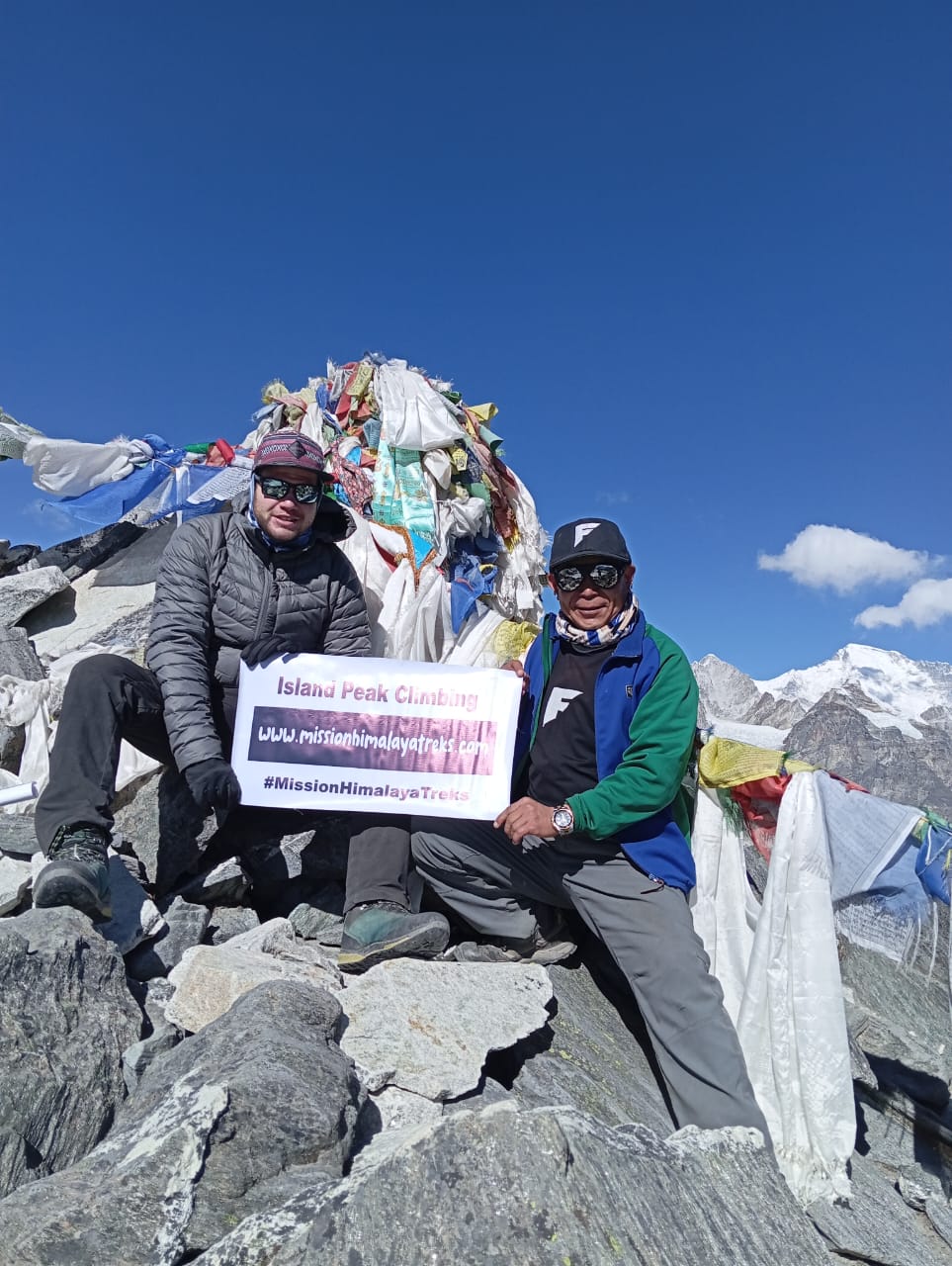Is Island Peak Dangerous? My Honest Experience in the Himalayas

I had always wanted to climb a Himalayan peak, and Island Peak or Imja Tse caught my eye. At 6,189 meters, it’s one of the most popular trekking peaks in Nepal. The name “Island Peak” comes from how it looks, like an island in a sea of ice when seen from Dingboche. But before I signed up, I had one big question: Is Island Peak dangerous?
The short answer is—yes, it has risks, like any high mountain. But if you’re fit, trained, and with the right guide, it can be safe and life-changing.
I did the climb last spring. Before the trip, I read that more than 300 people attempt Island Peak every year, and about 80% reach the summit. But I also saw that altitude sickness, weather, and lack of training are the top reasons some people fail or turn back. That made me nervous, but also more focused.
The trek to base camp was beautiful. I started from Lukla, passed Namche Bazaar, and slowly made my way to Chhukung. We had plenty of time to rest and get used to the altitude. My guide always said, “Slow is safe.” He was right. Most people who get sick on this climb go too fast. I took it one step at a time, drank lots of water, and listened to my body.
The real challenge came on summit day. We started at 1 a.m. with our headlamps on. The first part was rocky and steep but not too hard. After that, we reached the glacier. That’s where the technical part began. We had to wear crampons, use ropes, and climb a steep ice wall near the top. That part was scary, but exciting too.
Yes, there are dangers. The ice wall can be very steep, and crevasses (deep cracks in the ice) can be hidden. A fall could lead to serious injury. That’s why a good guide and safety gear are so important. My guide fixed the ropes, checked my harness, and helped me at every step. I felt scared at times, but never unsafe.
Another big risk is the weather. Storms can come fast in the Himalayas. That’s why most climbs happen in spring (April–May) and autumn (October–November) when the skies are clear and the winds are low. We were lucky. The weather was perfect that day. Blue skies and no wind.
One of the most common problems is altitude sickness. Island Peak is high. And above 5,000 meters, anyone can get sick. That’s why acclimatization is key. I saw two trekkers turn back due to headaches and nausea. But they did the right thing. No summit is worth your health.
So, is Island Peak dangerous? Yes. But with the right training, a slow pace, and a trusted guide, it is doable for many people. You need to be fit and ready to learn basic climbing skills. You also need to respect the mountain and know when to stop.
When I reached the top, I cried. I was tired, cold, and full of joy. I had climbed my first Himalayan peak. And even though it was hard, it was worth every step.
If you’re dreaming about Island Peak or Imja Tse, go for it—but be smart. Train well. Go with a good company. Listen to your guide. The danger is real—but so is the reward.
Note: IndiBlogHub features both user-submitted and editorial content. We do not verify third-party contributions. Read our Disclaimer and Privacy Policyfor details.





